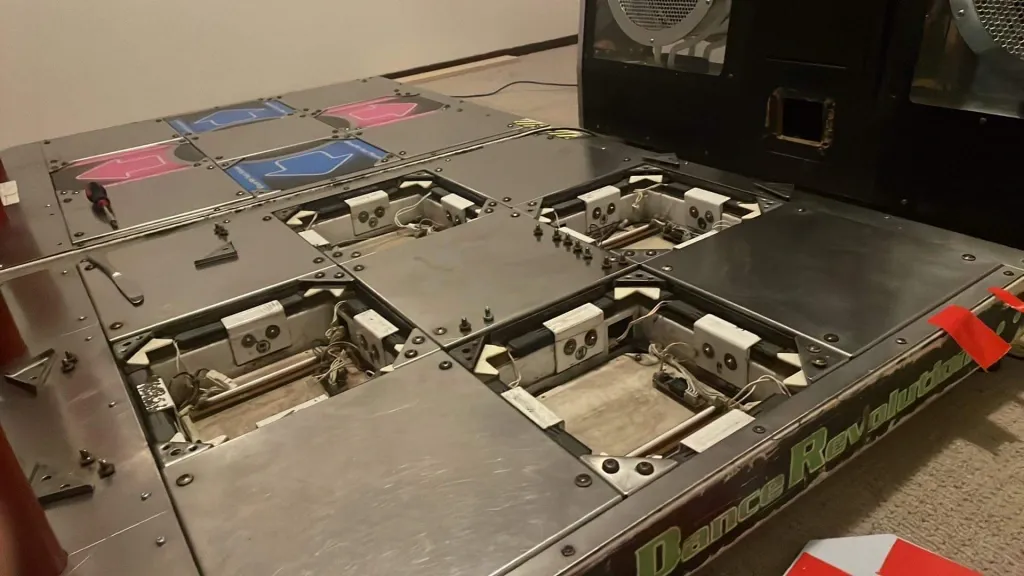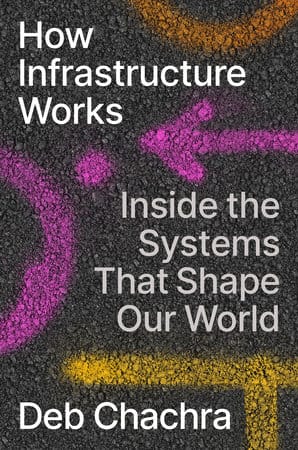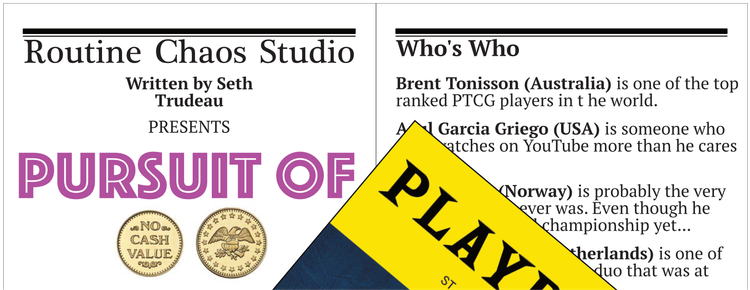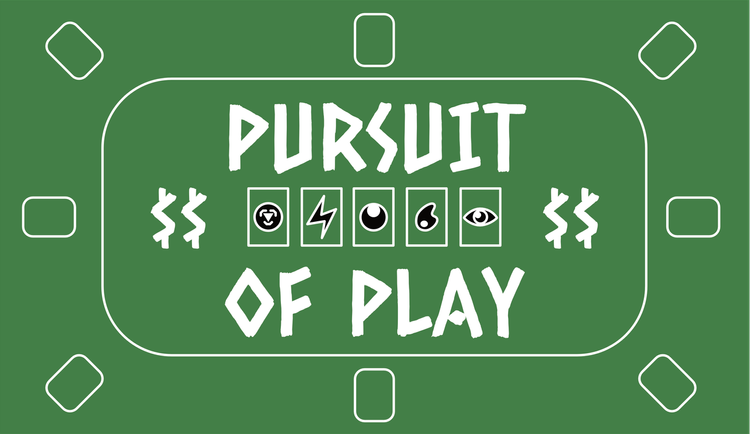Some things of note in September

Listen, I can’t promise that every month the links will line up perfectly with Pursuit of Play, but I came across so many great links related to the idea of play over the past few weeks that I have to share some of them…
- I am going to claim some responsibility for the existence of this one. Allow me to explain: in one of those life update emails that friends swap from time to time, my friend JMP mentioned kind of offhand “I just finished the main restoration/conversion tasks on my Dance Dance Revolution machine.” Naturally, I responded “pics or it didn’t happen.” And then after a couple weeks he sent me this whole write up on a Wordpress site that he created just to document and show me how the project came together, which I just love so much. Read it if for no other reason than to avoid accidentally killing yourself while working on a cathode ray tube.

- This one about the game One Million Checkboxes has been making its rounds in a lot of the very online circles, as well it should! This is the kind of thing I always want to file under: the kids are alright. Just the level of complexity in how they came up with a fairly harmless way to hack a game, and how much “game respects game” was established between the creator and the players.
- If you’ve ever want to go full-on Galaxy Brain thinking about the first level of the original Super Mario Bros, then boy do I have just the thing for you.
- Play - it’s not just for kids anymore! If someone were trying to algorithmically generate a news story that I would just love, this is pretty much it. Middle aged people who take up skateboarding as a form of escape & peer connection who end up finding deeper connection with their kids? Count me in.

A little reflection on the benefits of paying for the software I use
We’re at the 6 month mark of switching over to Ghost from Substack, so I think it’s worthwhile to take stock of the change and ask the ever important question: was this a good decision? The easy answer here is yes[1] because I’m good with the tradeoffs, but let’s talk about what those are:
- Big tradeoff #1: the cost. Substack is free. Ghost is not. At the volume I operate at, Ghost costs about $250 per year. I’m going to go into this more below, but I actually think this is a feature.
- Big tradeoff #2: ease of use. Ghost is clunkier than Substack. Their product iteration cycle seems to run slower, and their overall usability is not as intuitive. A thing that is remarkably simple in Substack like footnotes required me to do a code injection in Ghost, and then do a pretty cumbersome process for every post with footnotes.
Aaaaand…that’s about it. The biggest quantifiable benefit that makes up for those tradeoffs is that my open rate with Ghost has increased about 10% from just under 50% on average to just under 60%. But let’s be real, that’s because I have become more interesting as a writer, not because Ghost has done a better job of delivering my newsletter…right? Candidly, probably not.
Another benefit is that I transitioned my website from a different third party service over to Ghost. I think I could have done this with Substack too, but with some much more significant constraints in terms of design, aesthetic, and capability. That also means that if I subtract the cost of the third party service that Ghost replaced, I’m only paying about $75 more per year for Ghost than for Substack.
If this was a newsletter that really cared about paid subscriptions, then maybe that would be another benefit of Ghost: Substack takes 10% of transactions, and Ghost doesn’t take anything. All in all, though, this is negligible.
The real benefit that makes all of this worth it for me comes down to autonomy, which is the upside of both of the tradeoffs I mentioned.
Yes, Ghost is not as easy to use but it has far more capability as an open source solution. I do wish footnotes was a feature that was standard, but I also appreciate that I could add them in myself. This also means that I have some control over other features I’d want to add, and if I want to do something that someone else has already implemented I can[2] do it myself. I have more control over the design and styling. I have more control over third party services I want to integrate with.
I am Ghost’s revenue stream. Unlike Substack, Ghost is not venture-backed and is already profitable because of their customers who pay to use their platform. In theory, they could do a massive platform overhaul and completely change up how it all works. In practice, that’s unlikely. They could fall on hard times and completely disappear…though as open source software, I could still figure out how to switch over to hosting my own publication in that case and keep plugging along. In fact, if they made changes that I didn’t like, I could restore a past version and self host it. With Substack, I was at their mercy, and while I don’t think the enshittification process has really struck there yet, I suspect it’s not too far away and don’t mind not having to worry about it.
I also suspect that this is the kind of tradeoff that I’ll have to navigate a lot more: is it worth it to pay money for a thing that is more capable but less usable, where I can get it to work exactly as I want it to but with quite a bit more effort? Or, am I alright with the better designed, good enough out of the box option that may even be free for me to use? I’m not sure that there’s an inherent default position. I’m probably more inclined toward the former than a lot of people, but I am also a person who continues to use Google Meet and Apple Music because they are part of software bundles that I’m already paying for, so…[3]
A closing thought

Near the end of How Infrastructure Works by Deb Chachra[4], she invokes the classic thought experiment The Veil of Ignorance. If you’re unfamiliar with it, the gist of it is that you design a society with the knowledge that you will live in the society but without the knowledge of what your status in that society will be…but she does something with it that made me engage with it a little differently than I have before when she writes:
...we’ve all already passed through the veil of ignorance. None of us chose the circumstances of our birth. Public infrastructural systems, with universal provision, can be seen as a response to this real-life version of Rawls's veil of ignorance by addressing basic needs and being available to everyone.
Her closing point in the book is that the way we choose to invest in universal infrastructure is a way of improving our descendants’ odds in the game of the veil of ignorance.
I am thinking a lot about what it means to fix the odds in favor of future generations.
- sorry for those of you who love a bit of suspense
- (ostensibly)
- Please do not judge me too harshly
- About which, I thought it was a bit uneven but when I went back and revisited my highlights after finishing it, I was really impressed with her articulation of how infrastructure is the best means to create universal agency.






Member discussion